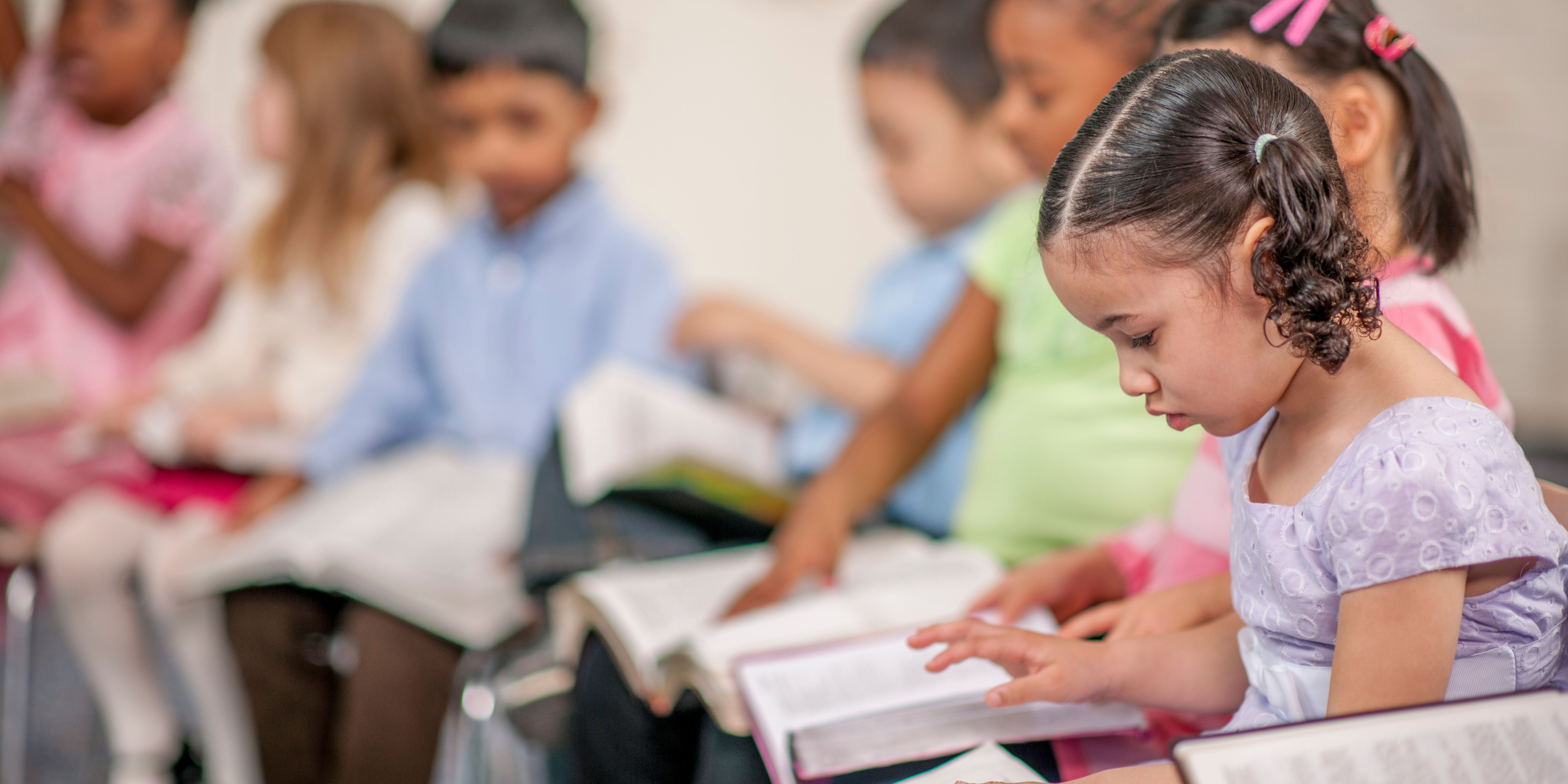How embracing Universal Design for Learning (UDL) means not settling for "UDL-lite" approaches
Universal Design for Learning (UDL) is frequently presented as a solution for addressing the diverse needs of all learners in inclusive classrooms. However, touting that a school is “doing UDL” without a sincere and wholehearted commitment to flexible design, closing opportunity gaps, and significantly improving outcomes for every learner ultimately falls short.
As a lifelong educator, I am a firm believer in the power of Universal Design for Learning (UDL). UDL is endorsed in federal legislation and state standards, serving as a valuable framework for removing barriers that prevent students from reaching mastery of grade-level standards. Unfortunately, UDL gets dismissed as something teachers are already doing despite many students struggling to engage, lacking access to inclusive classrooms, and not learning at high levels.
When implementing UDL, we create an environment where every student has a pathway to mastery. It goes beyond just offering choices, although flexibility is undoubtedly crucial. To better serve our students, we have to unpack rigorous standards and consistently ask ourselves, "What could prevent a student from meeting or exceeding this standard?" Only by getting to know our students can we genuinely address the barriers that students encounter and create pathways for success.
Only by getting to know our students can we genuinely address the barriers that students encounter and create pathways for success.
Let's consider the challenge posed by grade-level text. Despite a renewed emphasis on the science of reading, numerous students struggle with decoding grade-level material, even though standards mandate daily exposure to such texts. The barrier lies in the inaccessibility of the text itself. To overcome this, teachers must ensure that grade-level text becomes accessible to all students while supporting early literacy skills.
Embracing UDL means not settling for UDL-lite approaches. It's not about offering students two inaccessible texts or limiting their options to significantly below-grade-level materials.
What It Looks Like to Go "All in" On UDL
Imagine a class preparing to read an excerpt of Javier Zamora's work, "Solito: A Memoir," to determine the central ideas of the text and analyze the development of those ideas. Teachers can use strategies to help students establish meaningful connections before reading the text to address potential barriers based on background knowledge. One effective approach is to offer students opportunities to create and explore a gallery of related texts and multimedia artifacts that delve into similar themes of migration, identity, and cultural heritage. Through poems, videos, social media posts, and song lyrics that resonate with them, students can gain a broader context and deepen their understanding.
Teachers can also facilitate pre-reading activities that encourage students to reflect on their own identities, family histories, or their families' journeys. By providing prompts or guiding questions, students can delve into their cultural heritage and their sense of belonging. These prompts can be addressed through discussions, writing exercises, or multimedia presentations, allowing students to choose the format that best suits their strengths and needs.
When accessing the memoir itself, students should have the flexibility to choose from various formats. To ensure that every student can access the grade-level text, they might select one of the following offered options:
- Opt for traditional hard copies of the book,
- Engage in collaborative reading with a partner, or
- Access e-versions, audiobooks, or translations
After reading the text, students can share and demonstrate their understanding of the central ideas and their development in diverse and creative ways. Teachers can collaborate with students to establish success criteria, analyze high-quality exemplars, and offer various options for how students can meet the established criteria. Some students may showcase their comprehension through written reflections, while others may opt for multimedia presentations or artistic representations. By providing these varied pathways, students can demonstrate their understanding and unique perspectives, fostering an inclusive learning environment.
Universal Design for Learning is not a token concept; it's a powerful framework that empowers educators to address barriers and create inclusive, engaging, and successful classrooms. By embracing UDL principles, teachers design instruction that allows all students to access deeper learning experiences with their peers while becoming more expert in their own learning. It is essential for districts and educators to invest in learning about UDL and implement it authentically to foster equitable and transformative education for all students.
Go all in on Universal Design for Learning! Learn more.



